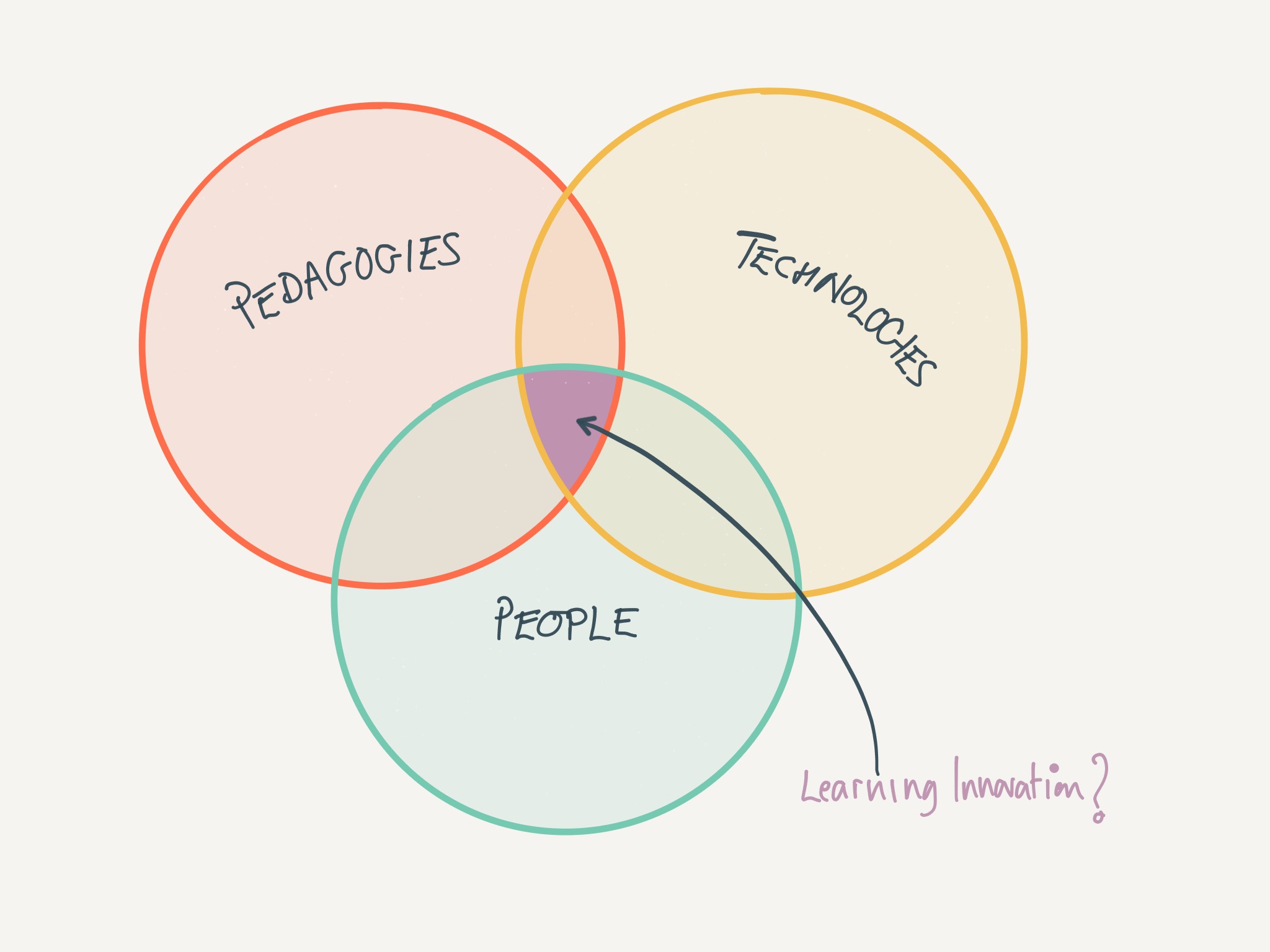This blog post response was inspired by a Twitter conversation I had with @lawrie following on from his blog post (which you should read for the context of this post).
What particularly struck me in Lawrie’s post was the observation that the VLE concept is of course predicated upon a late nineties problem for educational institutions. HEI’s were struggling to come to terms with how to effectively manage, in a single system, a range of “online” activities. The solution then was the VLE.
However, the digital landscape (and our increasingly integrated digital society) has changed tremendously over that time. We are not just talking hardware here, but also software and online services. You have to remember that Blackboard (founded in 1997) came a cool 7 years before Facebook (founded 2004). In fact the concept of the VLE was pioneering and truly ahead of the (internet) game at that time.
So, what has happened? Why have we fallen out of love with the VLE? I suggest that we blame all of those Silicon Valley start-ups with their fancy user interfaces and features and functions that we love, but didn’t know we needed. In all seriousness, the problem that the poor old VLE faces is that the internet boom means we have access to much better online experiences than they provide. Frankly, we expect more from our online systems, more functionality, more usability and more choice.
The VLE still lives in the age of “one stop shop” syndrome where you go to one place to get a sub-standard experience with lots of features. The modern online experience is one of “pick ‘n’ mix”, selecting the best product/tool for each task. The other challenge for the VLE is that it’s a short-term relationship system for students. People invest time and effort in things that they know they can keep. How many graduates still have access to their VLE content? Why would you invest time and effort in something you know will be closed to you in 3 years time?
As Lawrie notes, criticising the VLE alone is not the intention. It was good in it’s day, the same as Woolworths was on the High Street. Failure to effectively adapt quickly and perhaps thinking it was a bit “untouchable” is the issue with the VLE here. I generally support the notion that we should provide digital tools as part of our provision within a university. I also think there is value in some of these tools and services being owned and managed by the university, but also think there is value in using some tools that sit outside of the university control.
I have commented before about the continuum from systems which are owned by universities and those which are openly available on the web. I think that both can co-exist.
What I have observed though is that it’s not just the technology that must change but the roles and culture that exist around those technologies. When I started my role as Head of E-Learning I was happy to work within that role title, but know that really my work wasn’t about the technology but more about a digital curriculum. Over that past few years I have come to realise that the job title gives a misconception of what I actually do. I have never before felt that a job title was barrier to achieving anything, but I have casually observed that in my case people already decided what I do based on that title and that falls into 3 main categories:
- “Owning” the university learning technology: In fact I am not responsible for any of the systems or tools we have in our University. We have a Head of Learning Technologies who oversees that. However, my inbox is receives a range of technical queries and gripes and groans about our systems and services that I refer on to the other services.
- Online Learning: Some more established members of staff remember when e-learning meant what it really stands for “electronic-learning” and in many cases that meant online learning (or in some cases posting CD-Roms out to students). Again we have an entirely separate service that deals with that, but I often receive queries about “putting courses online”.
- Tech Support: As a go to point for technical support, especially around tablet devices and how to connect them to our University network. Again we have an IT support team who does this.
So, you might ask what actually do I do? Well here are a few of the activities I am involved in:
- Working with course teams to embed our digital literacy graduate attribute into the curriculum.
- Leading on the updated lecture capture guidance (through a short-life working group).
- Supporting the updating of our taxonomy of assessment domains document.
- Providing strategic leadership on effective blended learning design.
- Supporting the strategic development of distance learning (online).
- Researching effectiveness of communities of practice in transforming digital culture in Universities.
- Developing ideas for blended learning components for our PGCAP.
- Designing & delivering online & face-to-face staff development around digital literacy, digital learning & open education.
- Working with the Students’ Union to establish the (student) Digital Champion role.
It’s important to note that my role is an academic post, and the reality is that my main focus is to support my academic colleagues in the integration of digital needs within their curriculum delivery. I strongly believe that context is everything and that one size does not fit all and so we spend a long time getting to know the course teams and working with them to ensure that what we propose is what they actually need. (We use the 4E Framework for this activity).
In recognition of the role I play and the research informed approach I take, as of August my job title will change to Head of Digital Pedagogy. I have no doubt there will be critics of that title (usually the latter component), but I think it best describes the relationship between the “technical” and the “curriculum design & delivery”.
I particularly like this definition for digital pedagogy:
Digital Pedagogy is precisely not about using digital technologies for teaching and, rather, about approaching those tools from a critical pedagogical perspective. So, it is as much about using digital tools thoughtfully as it is about deciding when not to use digital tools, and about paying attention to the impact of digital tools on learning. – http://www.hybridpedagogy.com/digitalpedagogy/
In the same way we need to shift our perceptions of how we design and use “technology” in learning & teaching, we also need to shift our roles and culture away from the “technology” back to to the learning & teaching. A digitally informed curriculum is not about filling the learning & teaching experience with digital tools and services, but about making decisions about where such tools and services have most value and purpose. In many cases technology will not be the answer, but we won’t know that unless we have the conversation about it. In the same way we shouldn’t think that the VLE is always the answer either, we should have a broad range of technologies available to our learners and teachers in order for them to make the best choice for their context. As Lawrie points out “as we begin to understand the emerging behaviours and spaces associated with being online we must also review different pedagogies”.
I would also add that this is a tripartite classification where we must understand the pedagogies, the technologies and the roles that we play in the effective integration of them. Will this then lead us to some kind of learning nirvana? Who knows, but we must find a way to get closer to it.




2 Responses
I agree Simon, they UT and VLE can and must co-exist and we must ensure that content and interactiions can flow between secure spaces and users own networks. That was part of the thinking behind our Clavier course as you can see here https://www.scribd.com/doc/98582382/Teresa-MacKinnon-Breaking-Out-of-the-Walled-Garden
Thanks Teresa for your comment. I have just posted a response back on Lawrie’s blog that picks up some of what you mention here. The important thing is about trying to change the “control and learning behaviour” (if I may use your words) to benefit the learner.